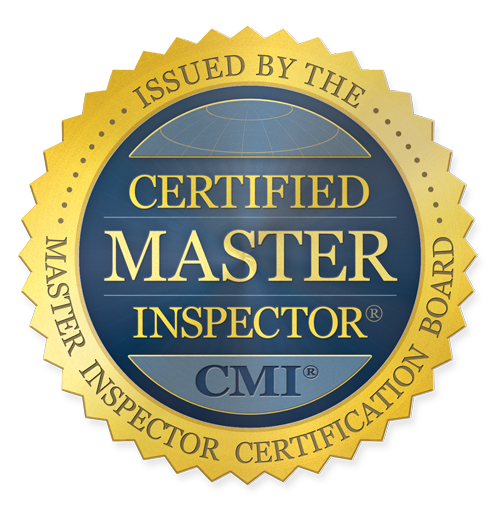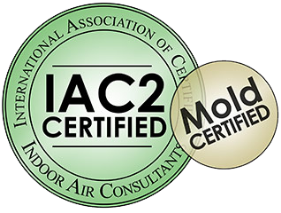Did your home inspection contain report red flags that surprised you? We know that’s not the outcome you hoped for, but don’t let it get you down. The good news is the final inspection report offers all of the information you need to know to take the next steps.
Moving Forward After a Red Flag Home Inspection
Here are the steps you should take after a home inspection to correct or repair “red flag items.”
1. Prioritize noted items by their importance
First, review the final inspection report and create your own itemized list in order of the noted items’ importance. The items checklisted on your building inspection report are generally divided into four categories:
- Major defects – These items potentially compromise the safety and security of the home’s structural components or its occupants. Examples include outdated electrical systems or severe mold infestations.
- Minor defects – These are small items that are typically quick and affordable to correct. Many may be items a homeowner can tackle on their own, like air sealing or insulation replacement.
- Material defects – This category is for items that aren’t significant defects but could pose a safety threat down the road. They may also impact a home’s resale value.
- Cosmetic defects – The fact that your home could use a new coat of paint or has worn floor coverings is noted but not essential to repair in the immediate future.
Your current and future plans impact the order of importance here. For example, if you’re planning to sell your home in the next little while, some items are worth speaking to your realtor about because they may notably alter buyer offers. Safety issues are certainly one of these, but some cosmetic issues may be worth tending to first to improve immediate resale value.
If the home is a fixer-upper anyway, or you already relocated, you might determine offering a seller concession (buyer’s credit) makes more sense than investing time and money in the repair. In that case, you may not need to take any action at all. Your agent will help you decide what makes the most sense to get the best price possible.
2. Safety is the Top Priority
The safety of your house and its occupants is always the priority. If the house has occupants, major defects that compromise their safety should be addressed immediately.
Examples of the most common safety issues appearing on a building inspection report include:
- Wiring problems or an overloaded electrical panel
- Detectable gas or carbon monoxide
- Serious mold, mildew, or pest infestations
- Old or damaged roofing (especially if we’re heading into storm season)
- Blocked chimneys, cracks in heat exchangers, and other malfunctioning or outdated heating elements.
- Any structural issues that immediately impact the house’s integrity
Don’t put off any repairs on items compromising the well-being of your family or current tenants.
3. Speak to your Homeowners’ Insurance Representative
You can reap big, lifetime savings in home insurance premium prices with a passing inspection of critical areas of the home. For example, here in central Florida, homeowners often benefit from reduced insurance prices when their home passes a 4-point inspection, covering the roof, HVAC, electrical, and plumbing systems. Additionally, proof your home has updated wind mitigation can earn further savings.
Learn more about your insurance carrier’s discount programs, and then tailor the repairs to accommodate that.
4. Contact the Original Builder (if Applicable)
There are multiple different warranties contractors must offer clients as per state laws. One example is the one-year warranty, which covers just about anything in a new construction home for up to 12 months. That’s why we recommend scheduling an 11-month inspection after purchasing a new construction home.
However, contractors are responsible for up to three years for more complex systems such as roofs, other structural features, electrical and plumbing work, etc. Depending on the age of your home, your contractor may be all or partially responsible, in which case it’s their responsibility for repairs and replacement. Speak to your home inspector or the local building department to see if the item should be under warranty with the original builder before scheduling contractors on your own.
5. Work Exclusively with Licensed Contractors
If you plan to schedule repairs, only work with local, licensed, and experienced contractors. First and foremost, that’s the only way to ensure the work is high-quality and done with respect to current building codes.
As professional building inspectors, we are objective, third-party entities. We do not perform repair work or profit in any way other than the flat fees charged for the inspection. Follow the same guidelines for finding a qualified contractor or subcontractor as you would when choosing the best home inspector near you.
Schedule a Home Inspection With Super Inspection Pros
Is your home in need of a home inspection? Are you interested in a second opinion or a post-repair inspection? Then schedule an appointment with Super Inspection Pros. Our inspectors guarantee professionalism, accuracy, and a 24-hour turnaround.

